Kagoshima Prefecture
Where is Kagoshima?
Kagoshima Prefecture is located at the southwestern tip of Kyushu Island, Japan’s southernmost main island.
It stretches from the Yuzuki Peninsula in the north, reaching south to include the Amami Islands, a subtropical chain extending towards Okinawa.
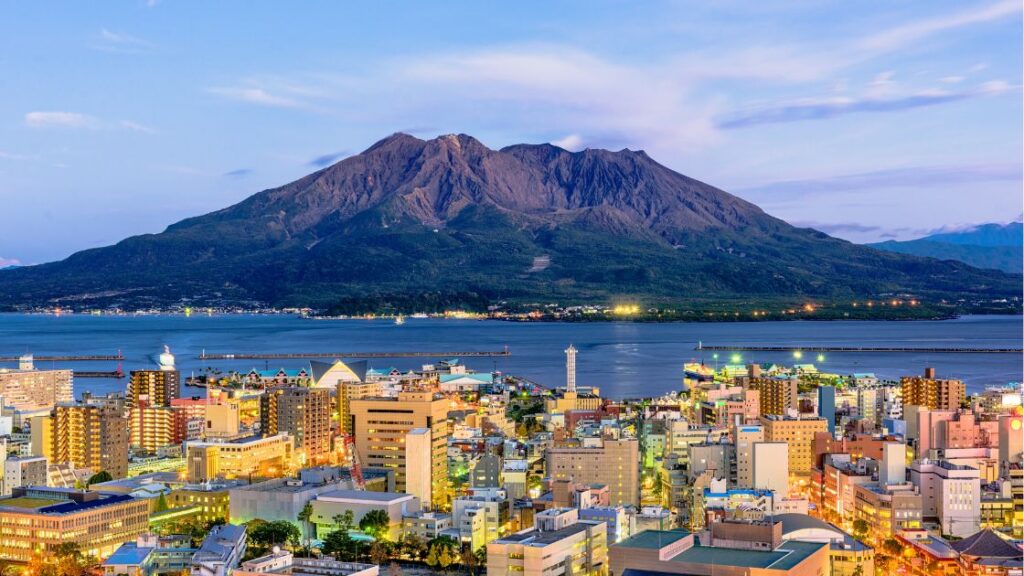
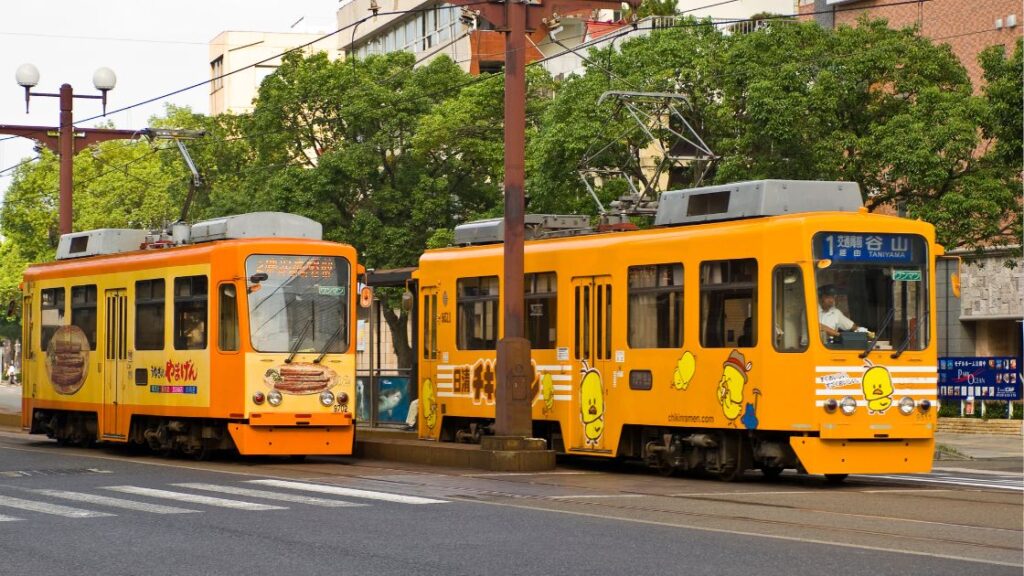
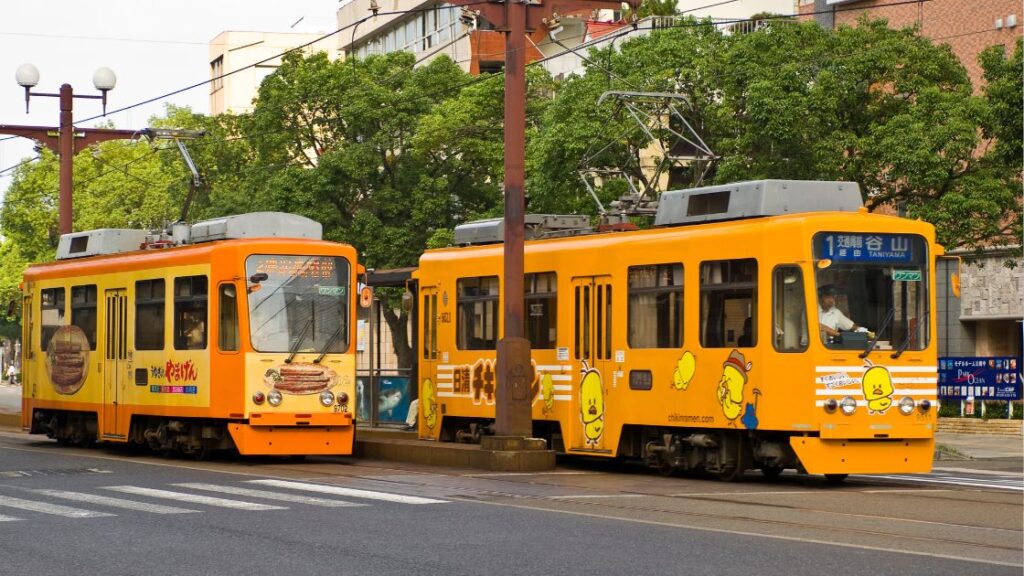
Kagoshima City, the prefectural capital, sits on the Satsuma Peninsula, overlooking Kinko Bay.
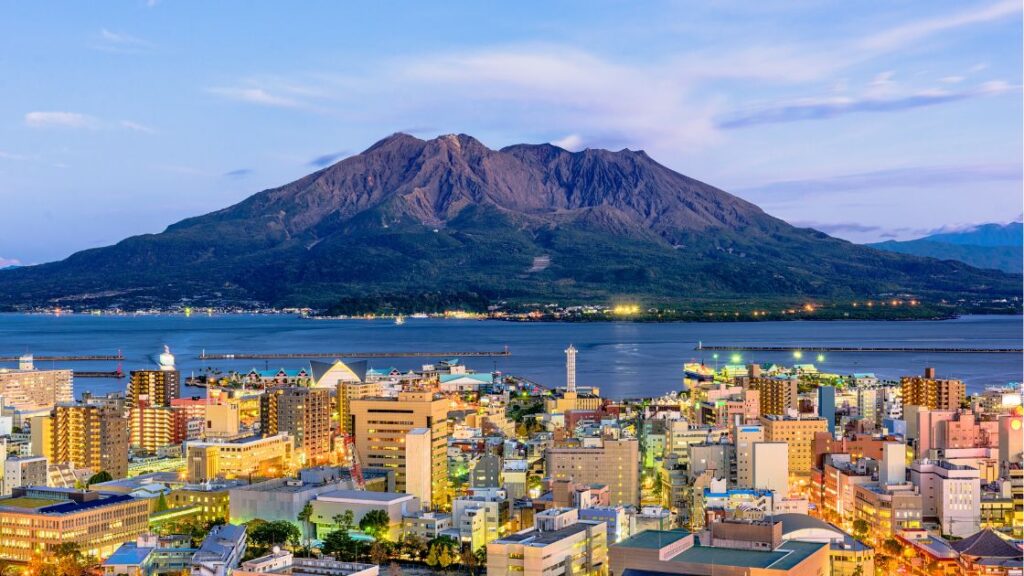
Sakurajima, an active volcano, dominates the bay and is a symbolic landmark of the region.
What is Kagoshima known for?
Originally inhabited by the Hayato people, the area became part of the ancient Satsuma Domain, ruled by the powerful Shimazu clan.
The Shimazu fostered trade with the Ryukyu Kingdom (modern Okinawa) and played a key role in Japan’s interactions with the West, including the introduction of firearms in the 16th century.
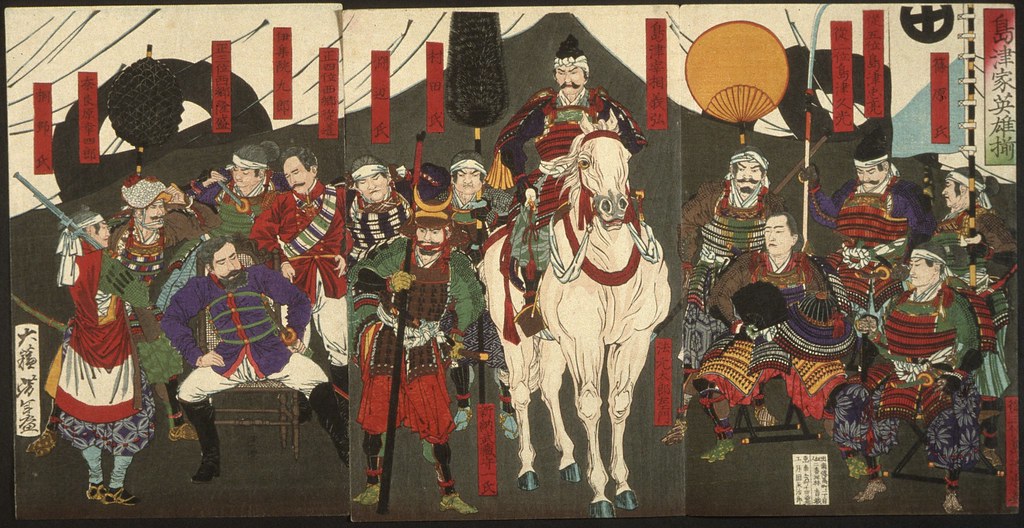
Kagoshima was instrumental in the Meiji Restoration, the movement that overthrew the Shogunate and restored imperial rule in 1868.
Saigo Takamori, a prominent samurai leader from Satsuma, became a national hero.
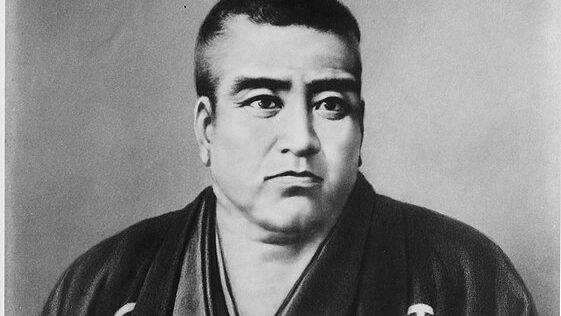
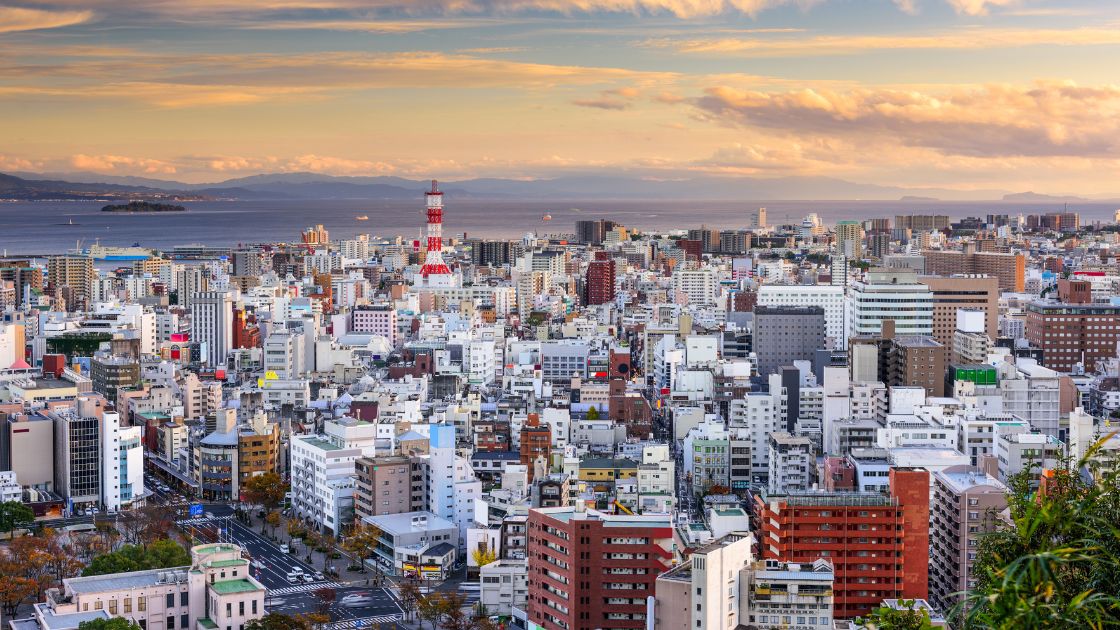


Today, Kagoshima is known for its active volcano, Sakurajima, which frequently emits ash.
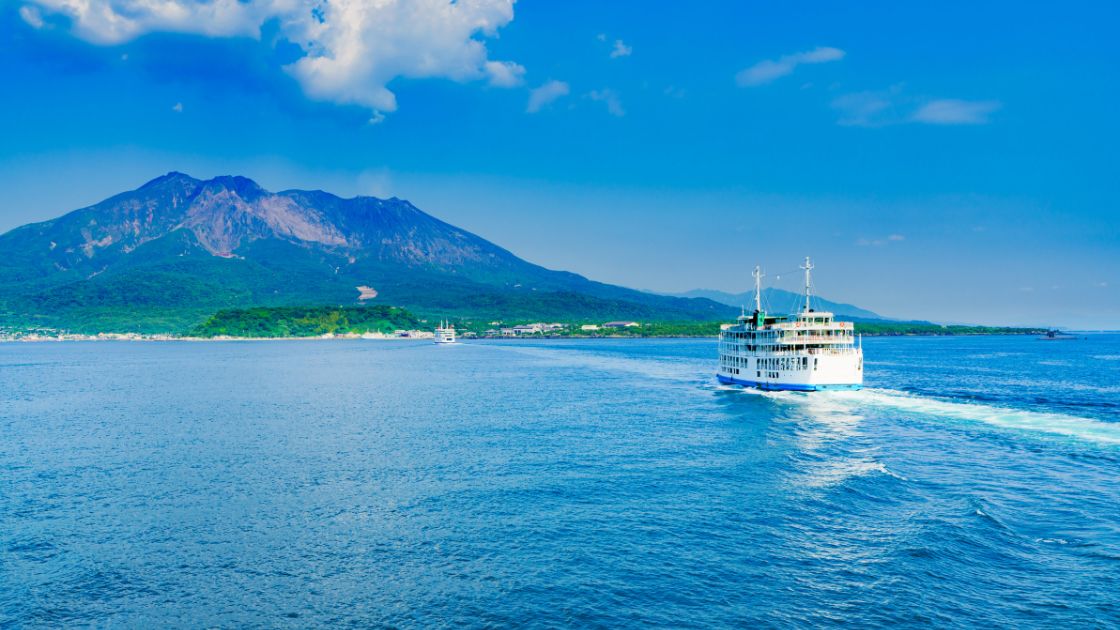
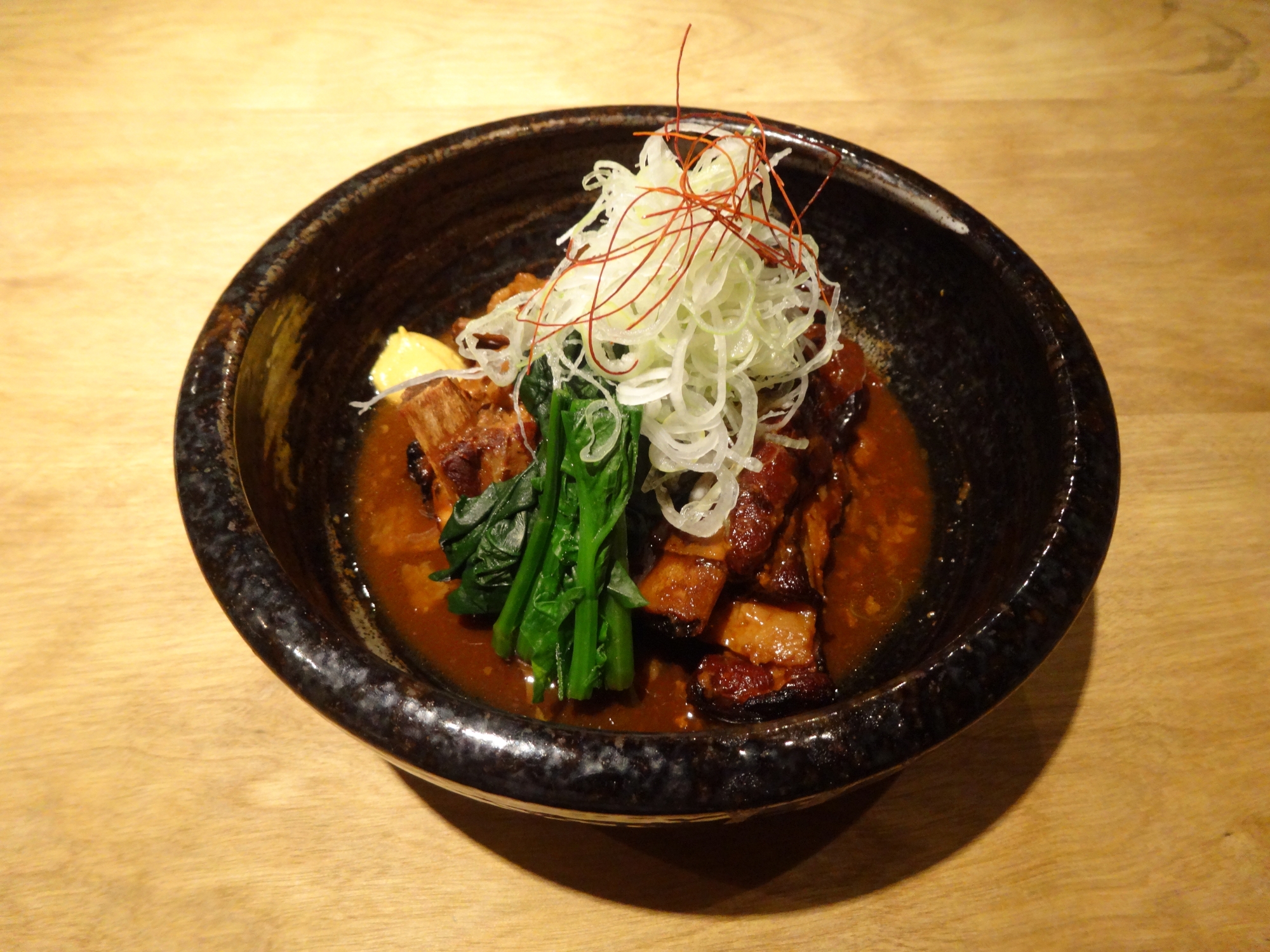


The prefecture also has diverse agriculture, producing sweet potatoes, green tea, and kurobuta (pork from black pigs).
Shochu, a distilled spirit, is a local specialty.
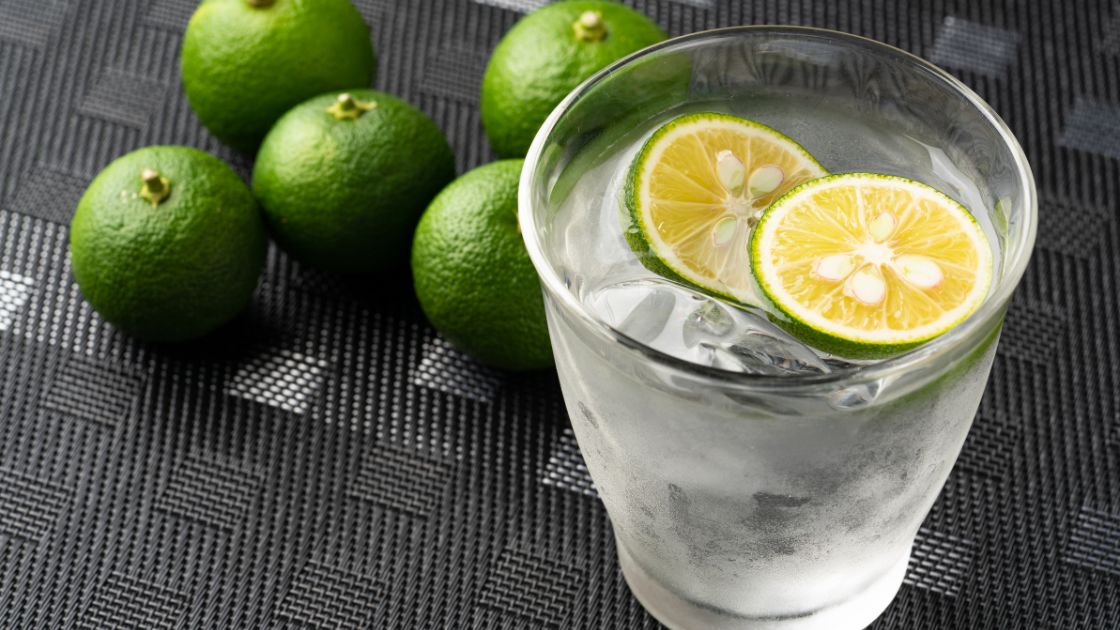
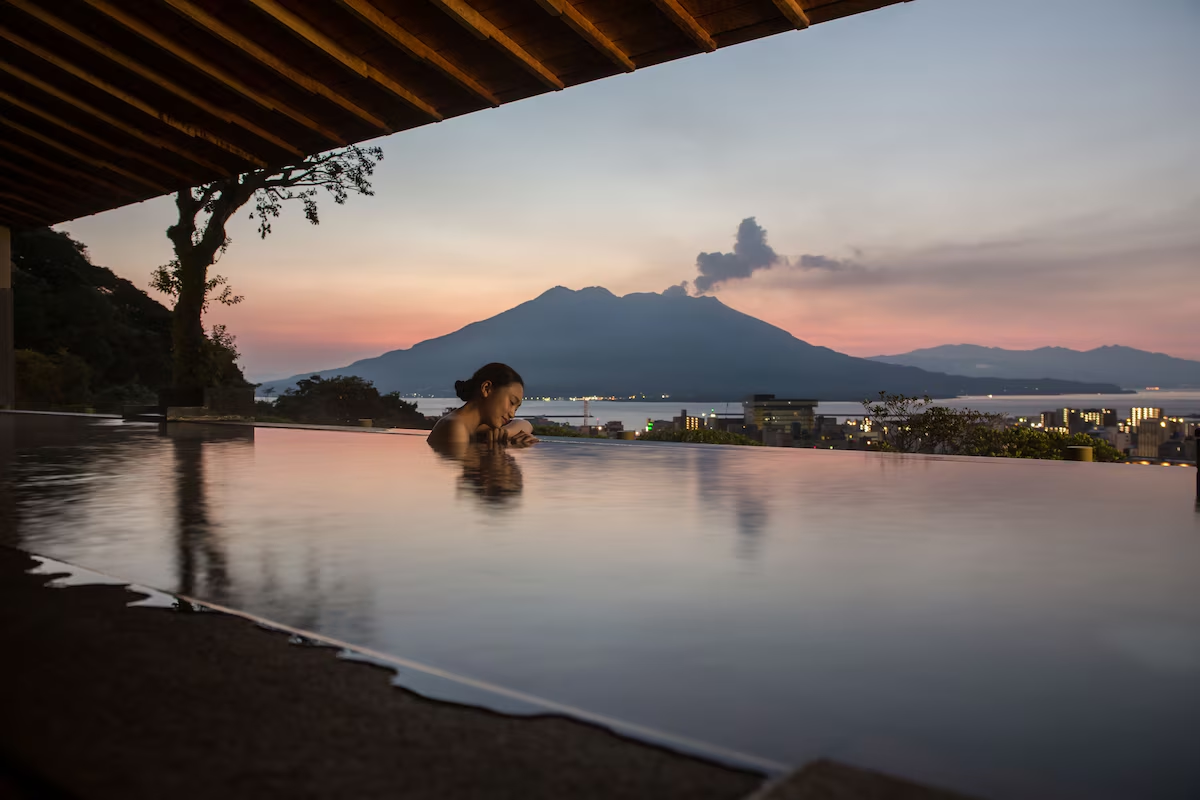


Tourists can enjoy numerous onsen (hot springs), stunning natural landscapes, and historical sites related to the Satsuma samurai.
Where should I visit in Kagoshima?
Sakurajima is an island with an active volcano in the center. It offers stunning views and opportunities for hiking on lava trails.
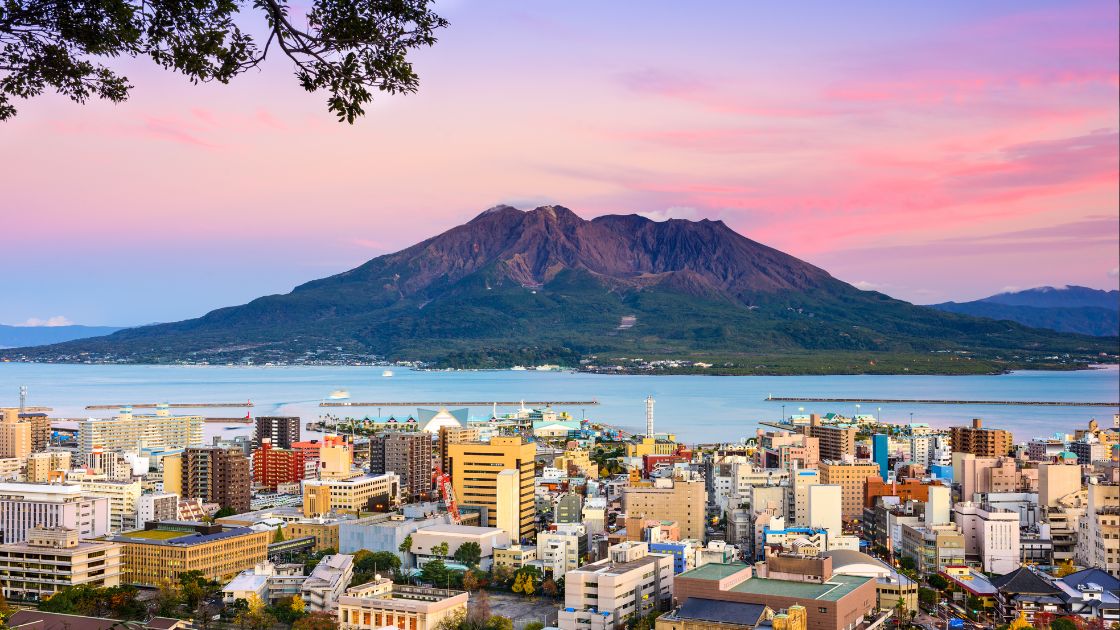
Ferry services to Sakurajima run regularly from Kagoshima City. Be aware of volcanic ash, which can sometimes be abundant.
Yakushima Island is a UNESCO World Heritage Site famed for its ancient cedar forests, including the Jomon Sugi, a tree estimated to be between 2,170 and 7,200 years old.
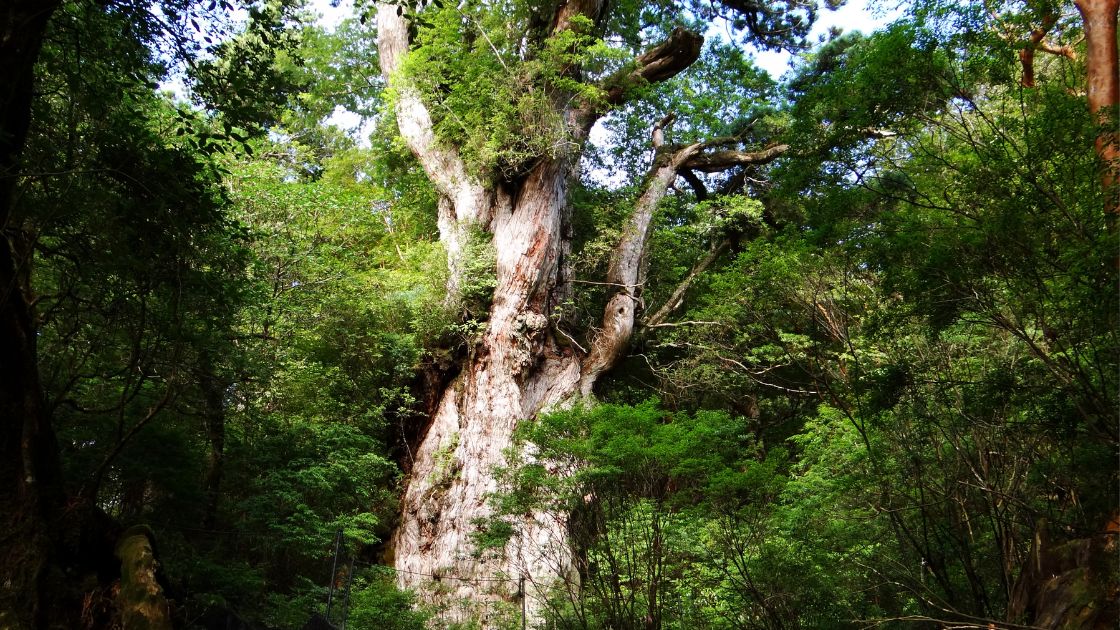
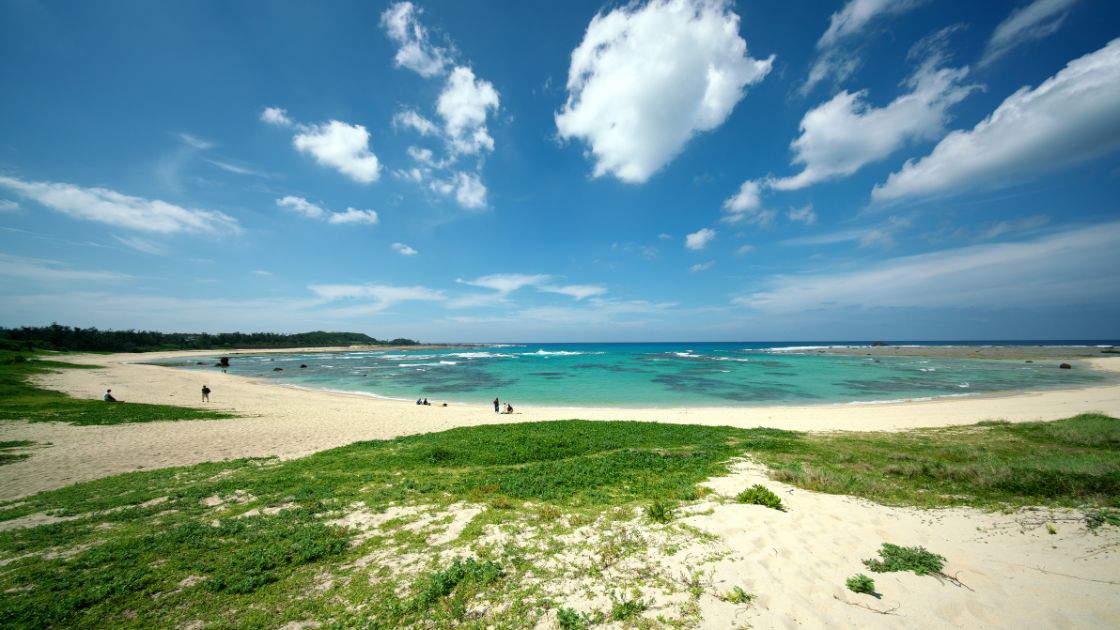


Amami Oshima Island is another UNESCO World Heritage Site known for its unique ecosystem, including mangrove forests and coral reefs. Snorkeling and diving are popular activities.
Yakushima and Amami Oshima Islands are located between mainland Kyushu and Okinawa. Visitors can access them via air from most major Japanese cities or via ferry from Kagoshima or Naha.
Kirishima-Yaku National Park spans the border of Kagoshima and Miyazaki Prefectures. It features volcanic hot springs (onsen), caldera lakes, hiking trails, and diverse flora and fauna across a mountainous areas.
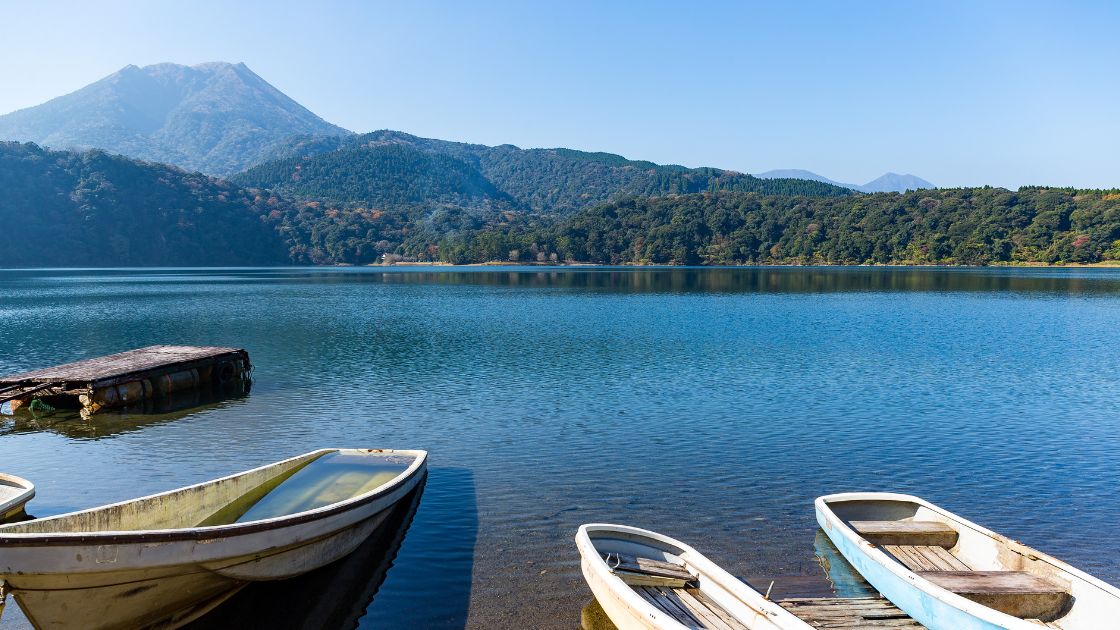
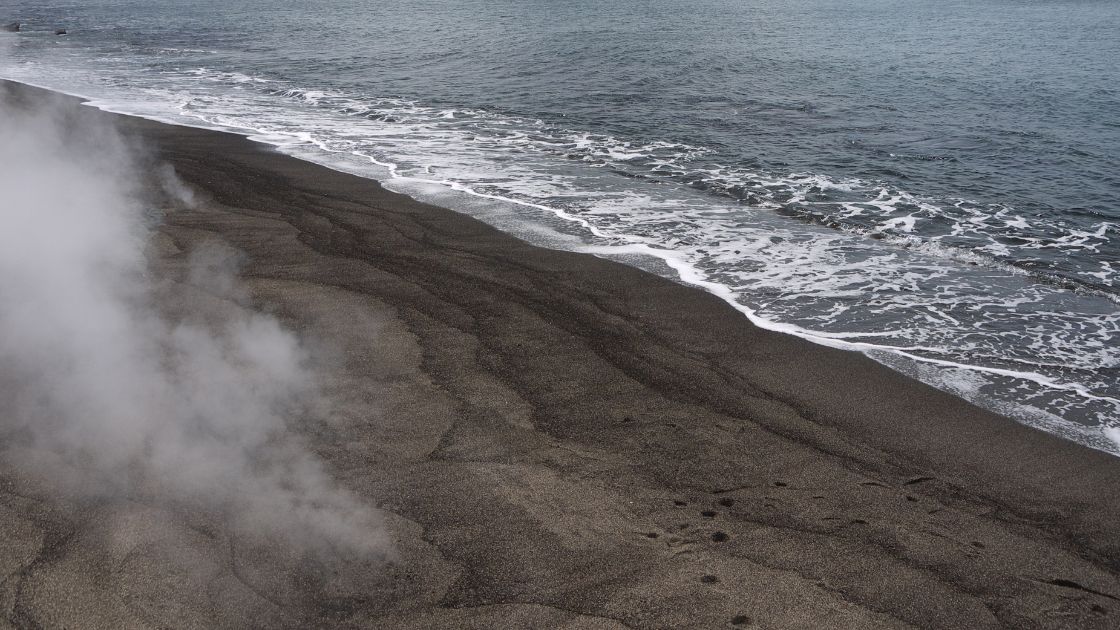


Hot steam sand baths are a unique experience offered in Ibusuki City where you are buried in naturally heated sand on the beach. This practice dates back over 300 years and is known for its therapeutic effects.
Sengan-en Garden is a beautiful traditional Japanese garden in Kagoshima City with stunning views of Sakurajima. The adjacent Shoko Shuseikan Museum provides insight into the Satsuma clan’s history.
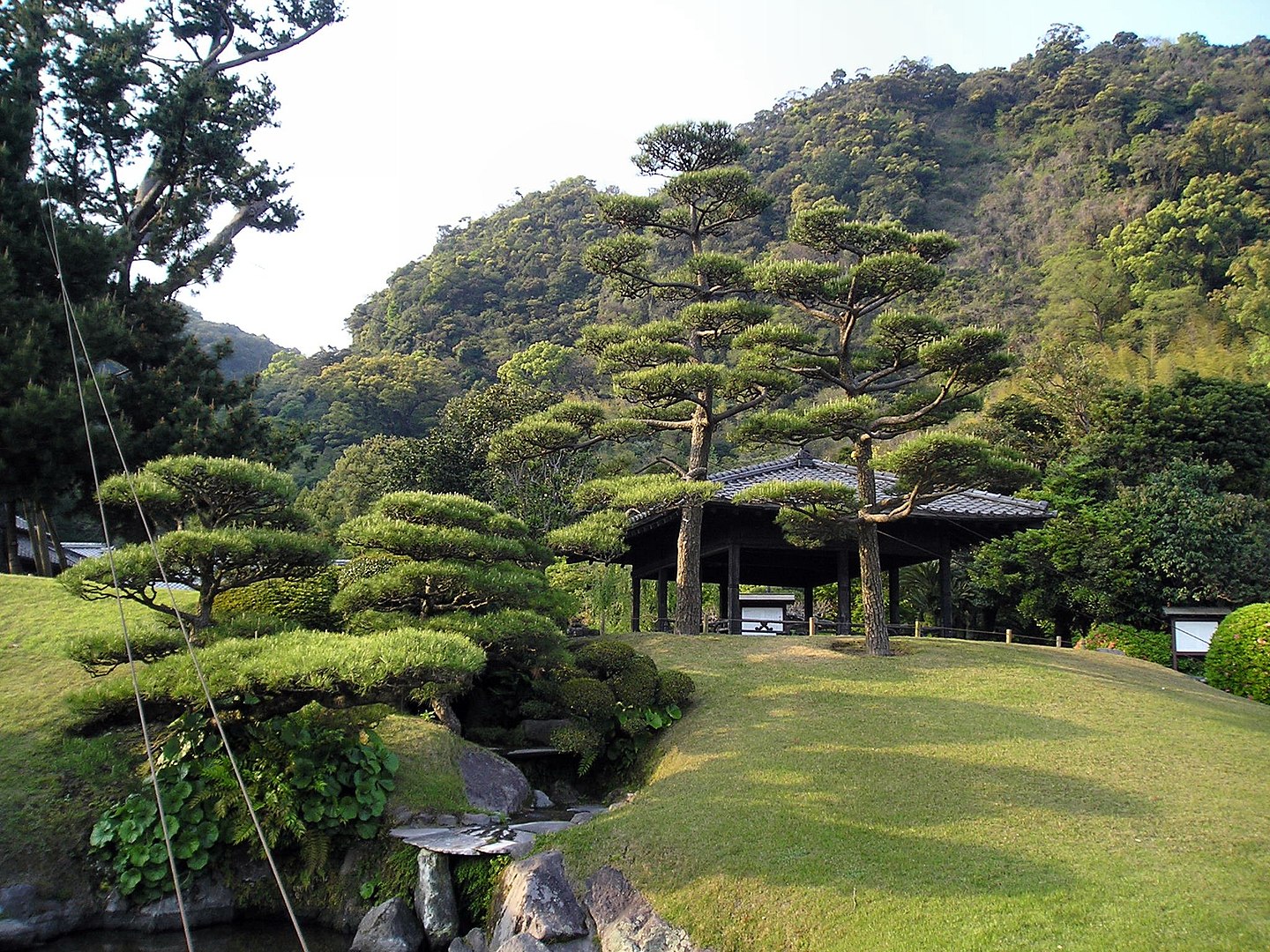
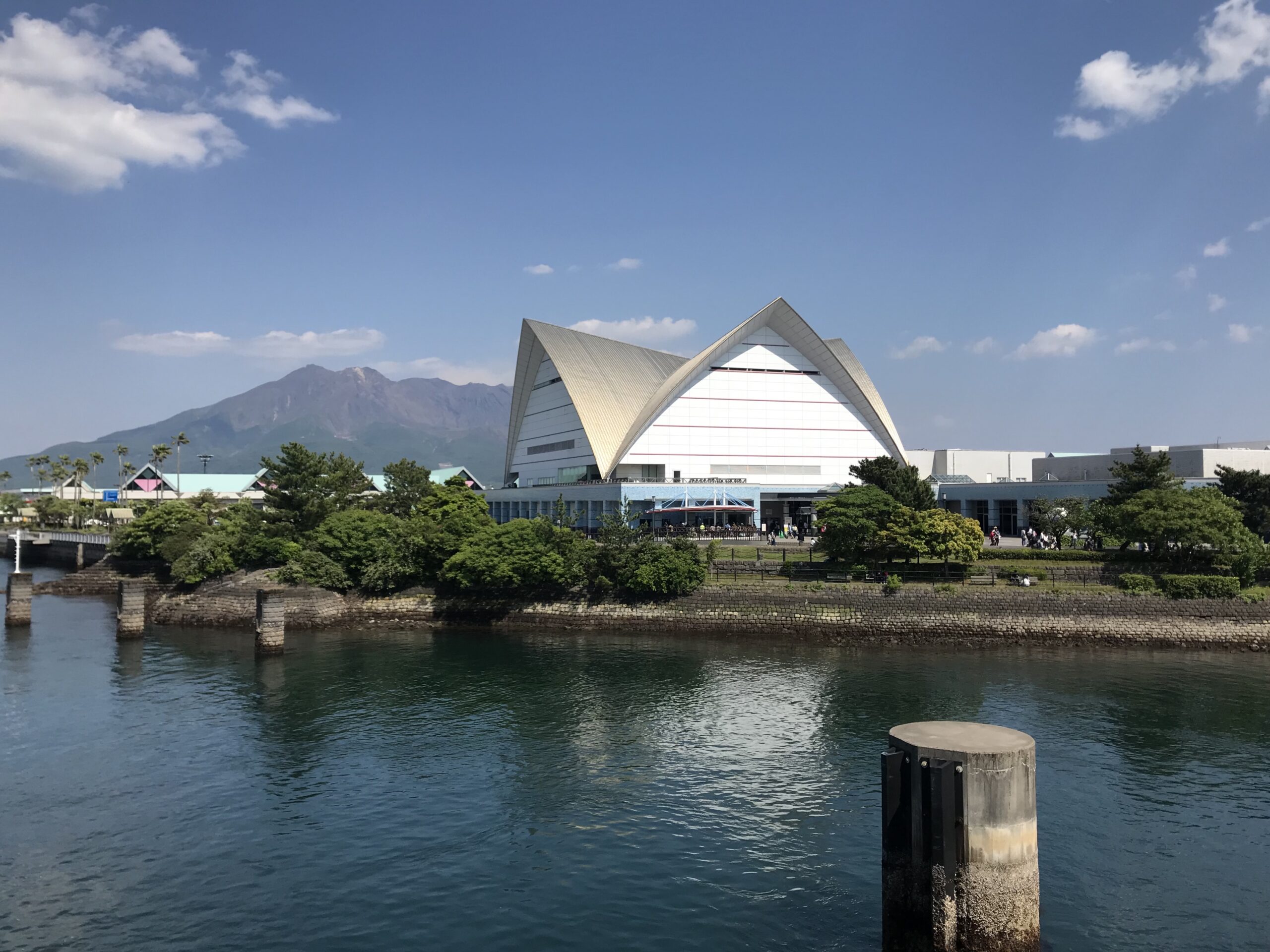


Kagoshima City Aquarium showcases the diverse marine life of the region, including rare and fascinating giant manta rays.
Chiran Peace Museum for Kamikaze Pilots is a former air base which now serves as a sobering museum dedicated to the kamikaze pilots of World War II, featuring letters and personal belongings.
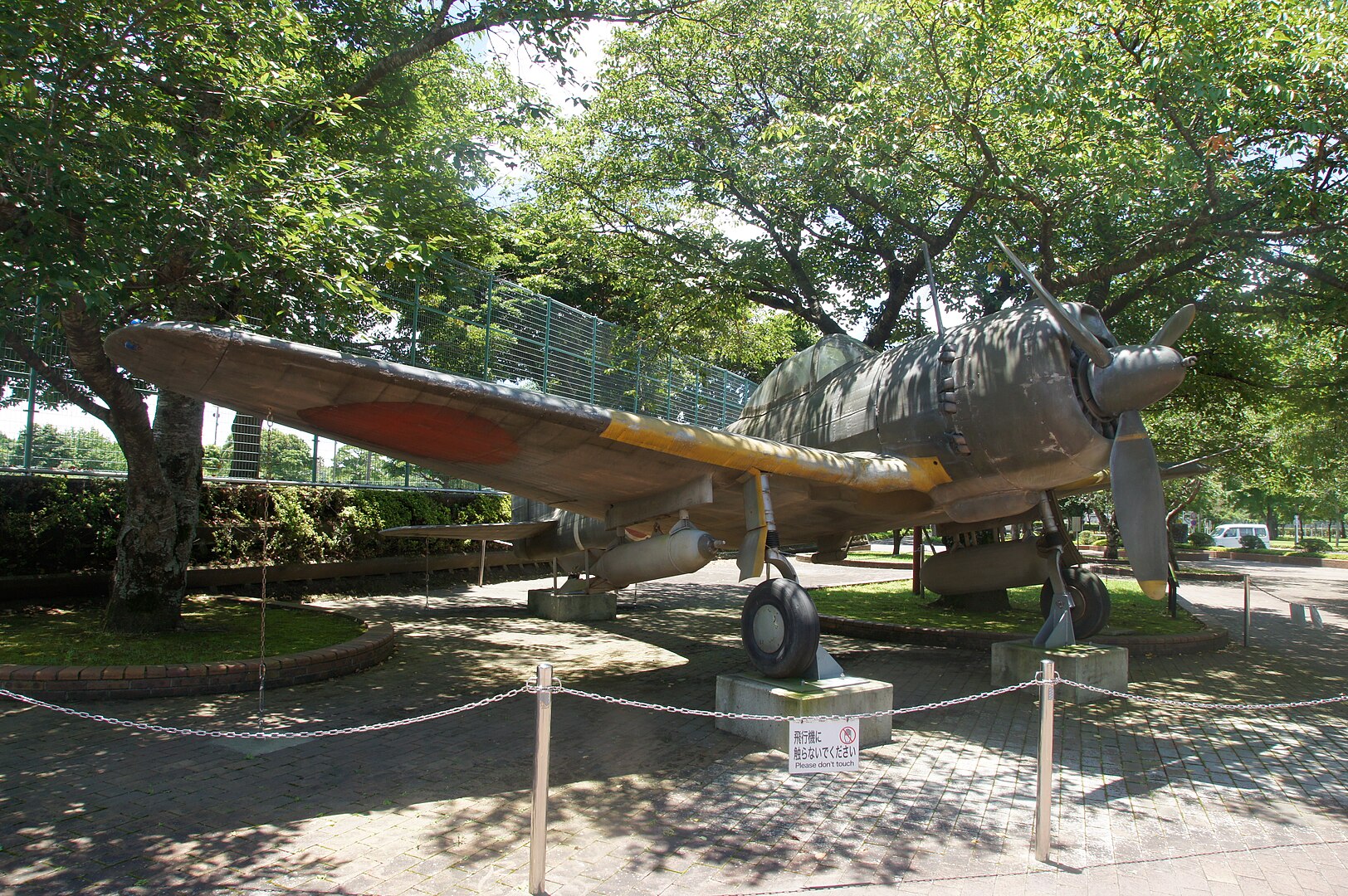
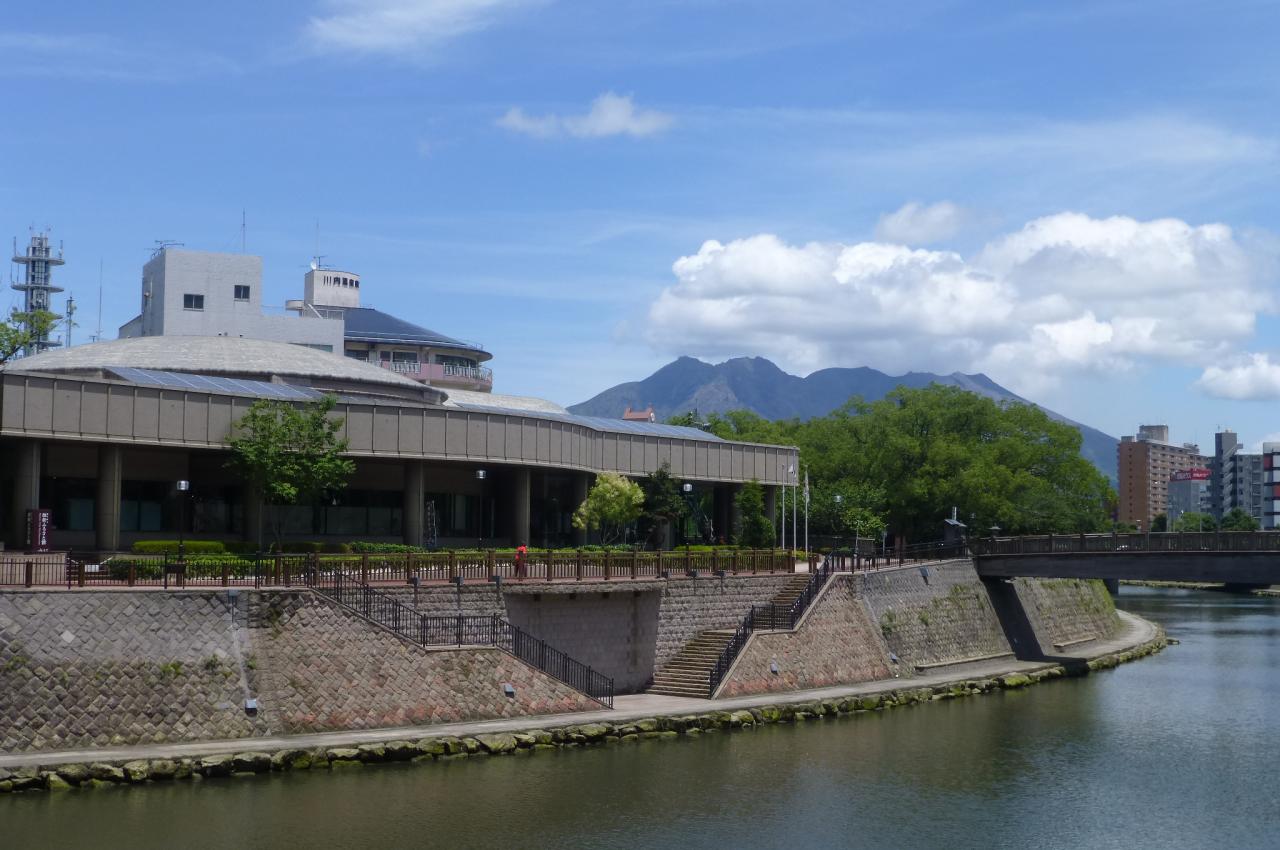


The Museum of the Meiji Restoration in Kagoshima City details the pivotal role Satsuma Province (modern day Kagoshima Province) in the Meiji Restoration, the period that marked Japan’s modernization.
When is the best time to visit Kagoshima?
The best time to visit Kagoshima Prefecture depends on your priorities.
Kagoshima enjoys a subtropical climate, so even winters are relatively mild compared to other parts of Japan. However, some mountain areas experience snowfall.
For pleasant weather and outdoor activities like hiking Sakurajima volcano or exploring Yakushima’s ancient forests, spring (March-May) and autumn (September-November) are ideal.
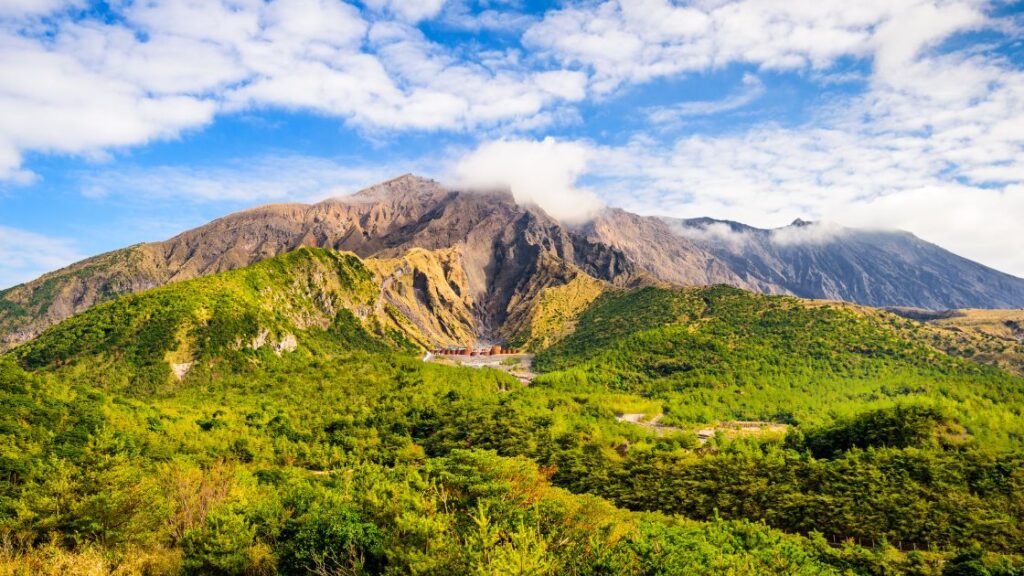
Spring offers cherry blossoms and mild temperatures, while autumn enjoys colorful foliage and comfortable humidity.
Summer (June-August) is hot and humid which is great for swimming and water sports but the local typhoon season also occurs at this time.
If you don’t mind cooler temperatures and potential rain, winter (December-February) offers unique experiences like onsen (hot springs) and observing the migratory cranes in Izumi.
Be sure to research specific locations within the prefecture for more accurate climate information relevant to your planned activities.
All Events in Kagoshima
Tours and Activities in Kagoshima
None found.
Where should I stay in Kagoshima?
For those exploring Sakurajima volcano, staying in Kagoshima City provides easy access via ferry.
The city also offers convenient transport links to other parts of the prefecture and the wider Kyushu area.
If onsen (hot springs) are your priority, consider the towns of Ibusuki and Kirishima, known for their sand baths and stunning mountain scenery respectively.
Budget travelers can find comfortable stays at the JR KYUSHU HOTEL Kagoshima in Kagoshima City, offering a direct connection to Kagoshima-Chuo train station and private rooms at affordable rates.

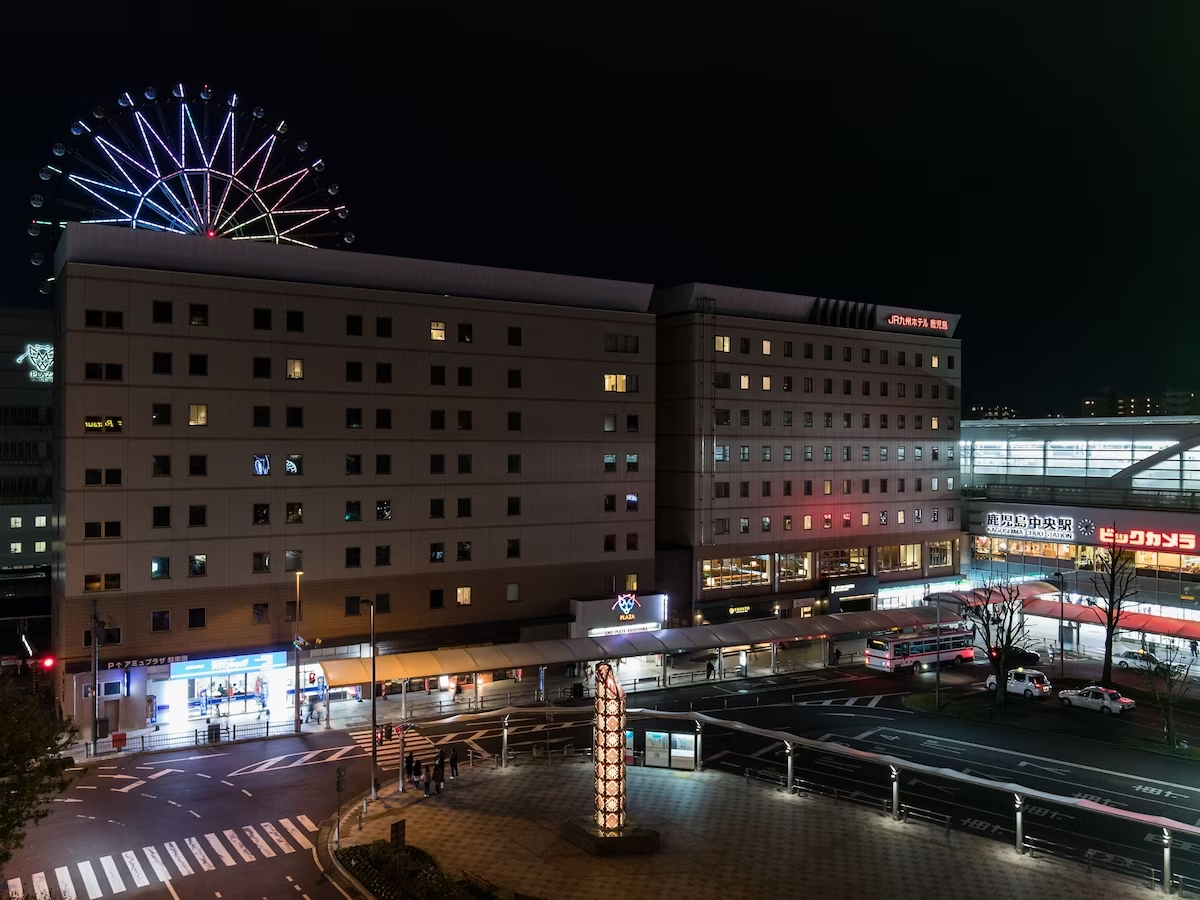


For a more luxurious experience, consider the Ibusuki Shusuien, a ryokan with a full service spa and traditional Japanese style rooms.
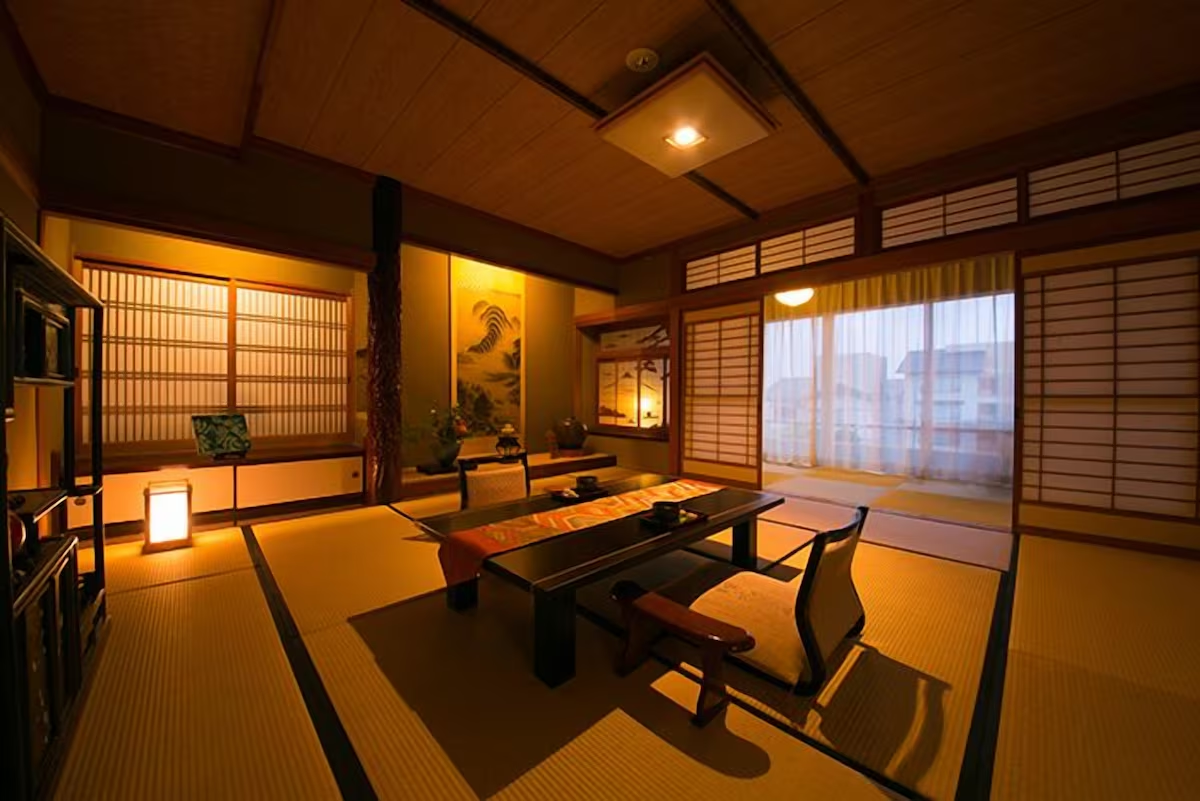
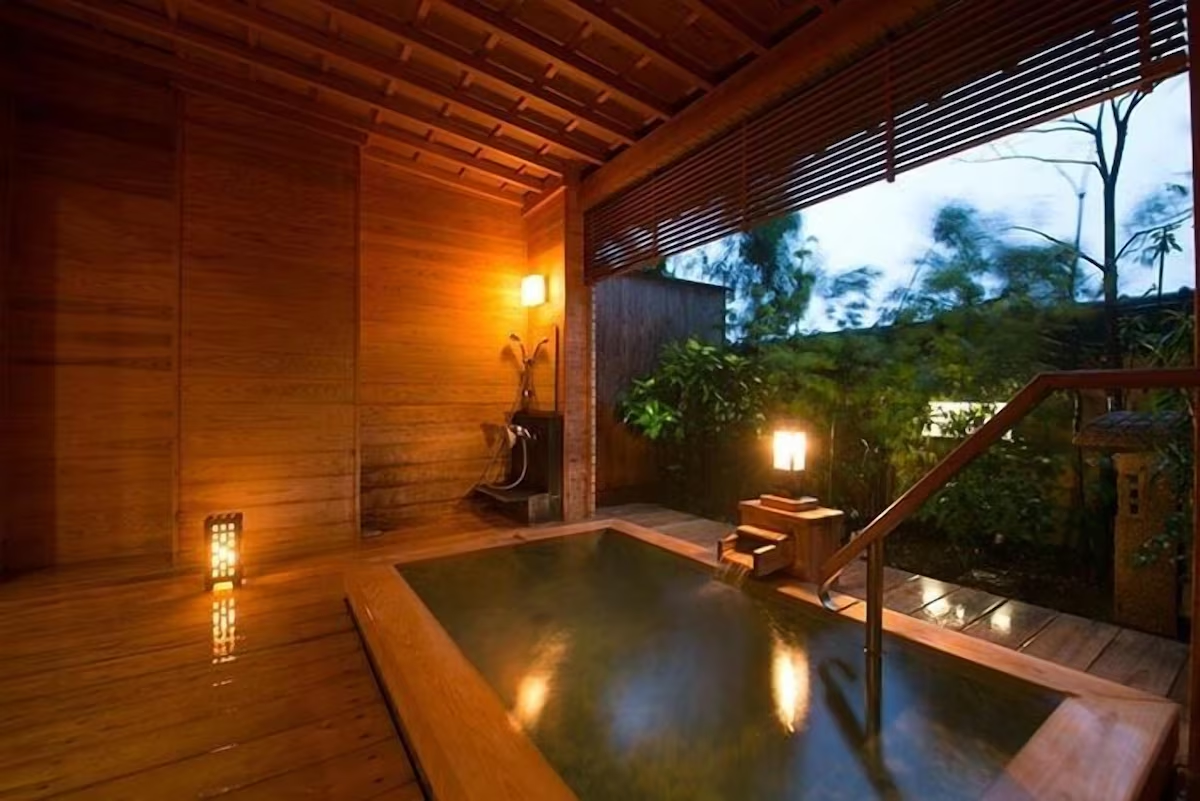


If you prefer a more secluded retreat, the Kirishima Kokusai Hotel nestled in the Kirishima mountains offers a peaceful escape with onsen and hiking opportunities.
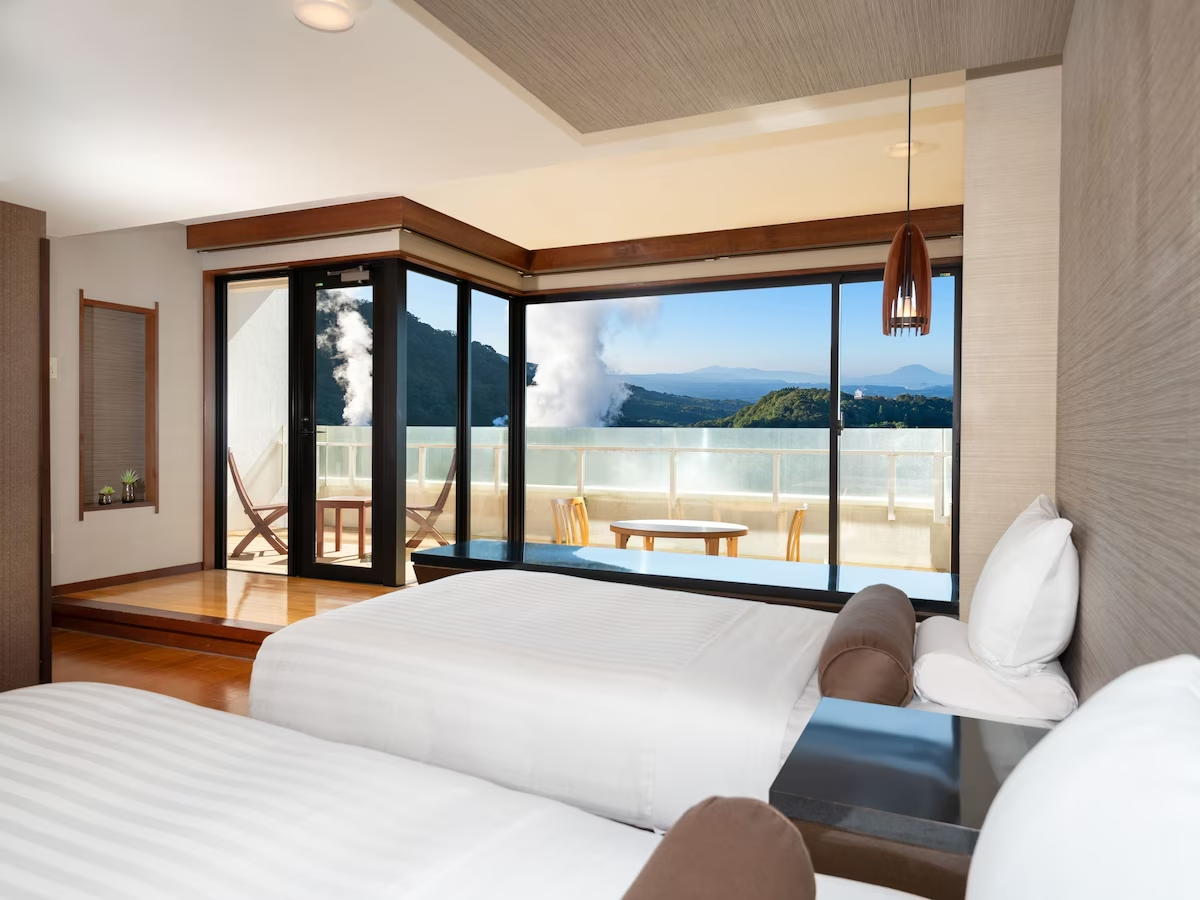
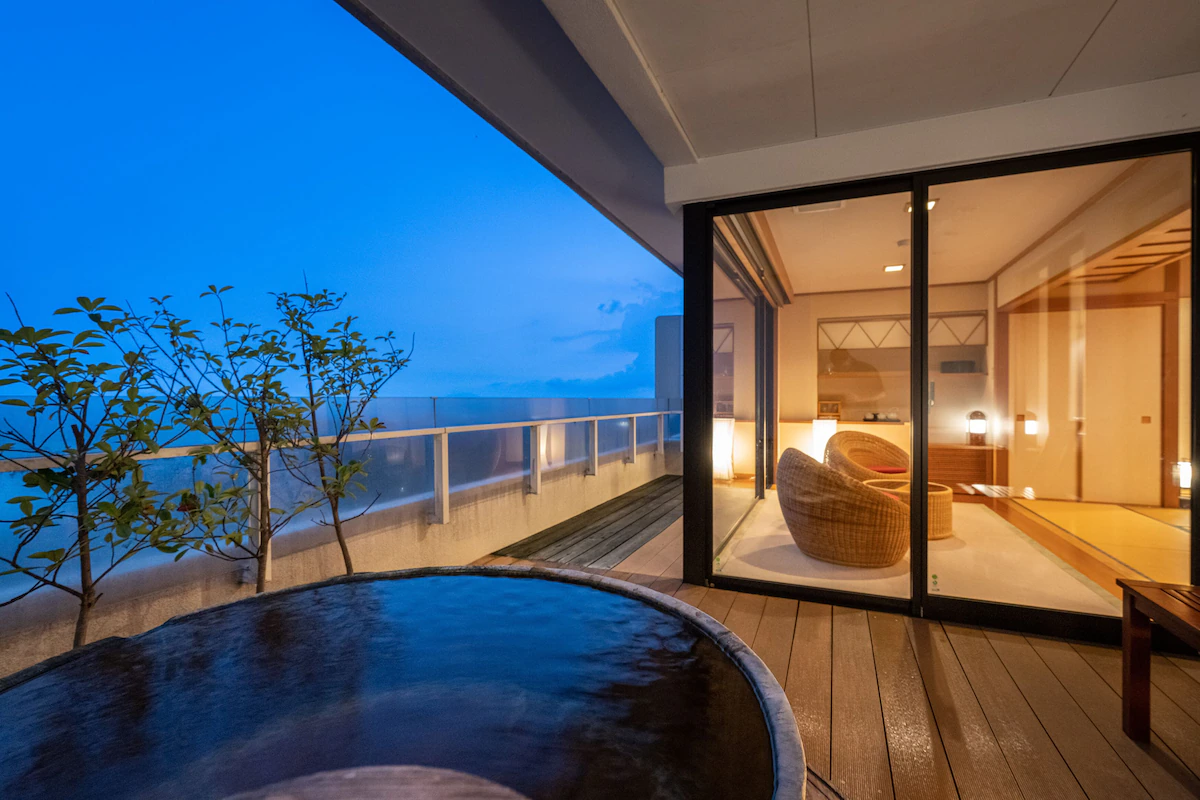


Ultimately, the best place to stay depends on your individual travel plans. Researching specific locations within the prefecture will help you find the perfect base for exploring Kagoshima.
How do I get to Kagoshima?
The most convenient method is flying into Kagoshima Airport (KOJ), served by domestic airlines from major Japanese cities like Tokyo, Osaka, and Fukuoka.
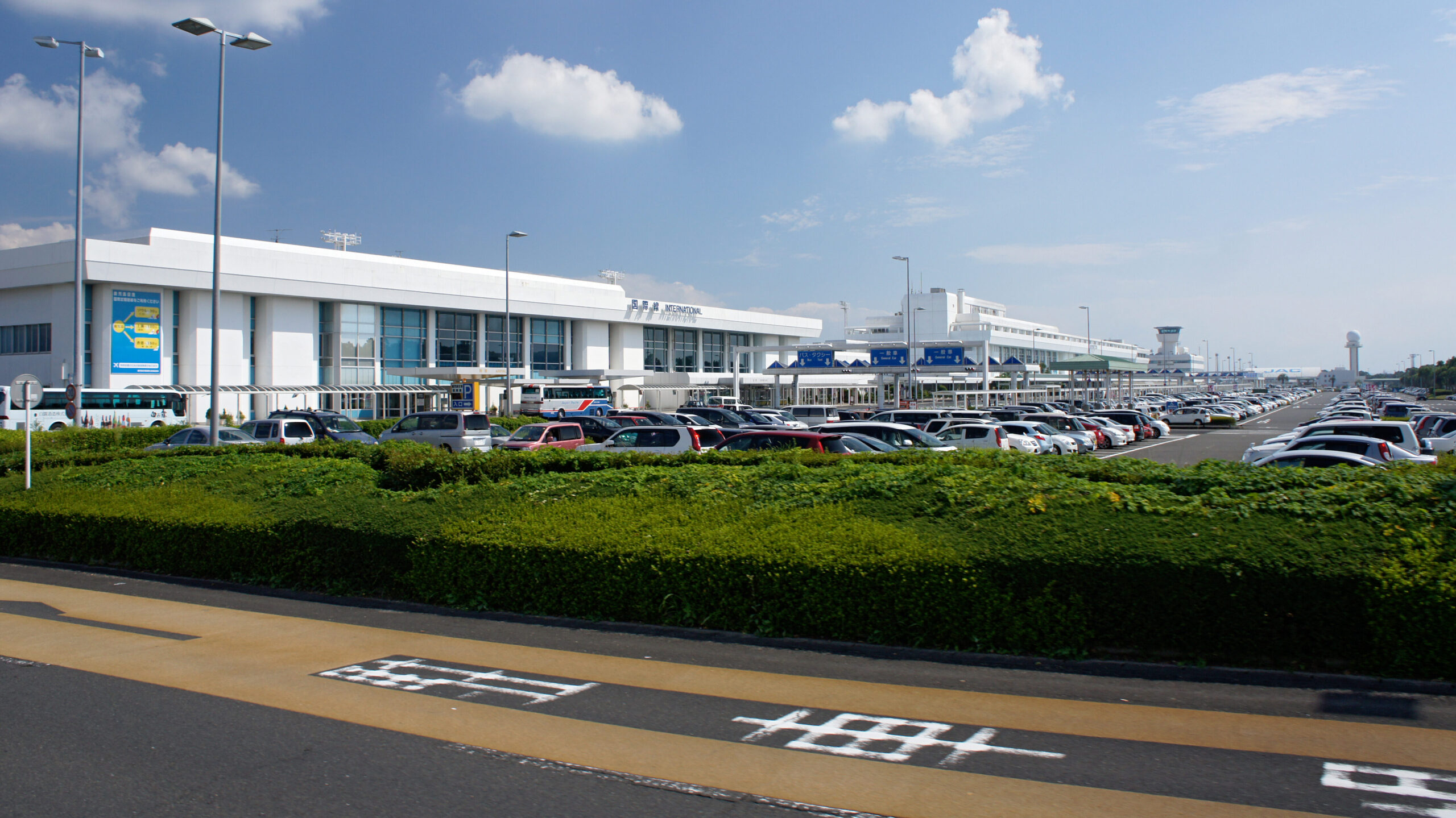
International flights are limited, so connecting through a major hub is usually required.
The Shinkansen (bullet train) offers another fast option, connecting Kagoshima-Chuo Station to other major cities on Kyushu and Honshu islands.
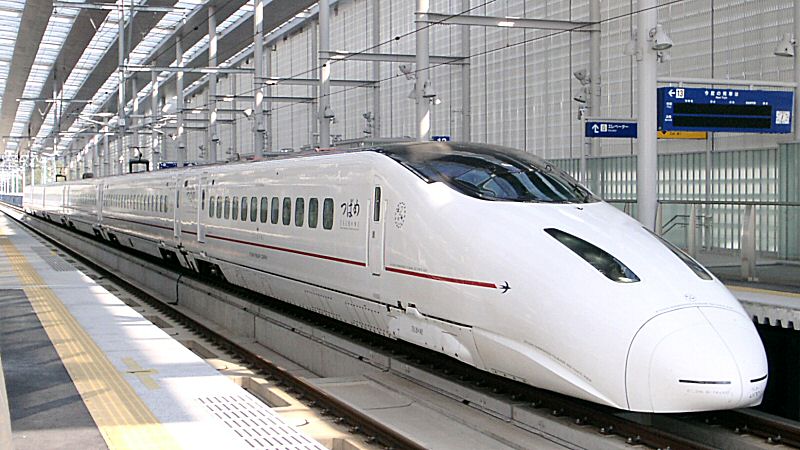
Travelling from Honshu by Shinkansen will typically require a change of trains at Hakata Station in Fukuoka.
For a more scenic route, consider taking a ferry. Ferries operate from various ports, including Osaka, Kobe, and Okinawa, offering overnight and daytime crossings.
Within Kagoshima Prefecture, a local train network and buses connect cities, towns, and villages.
Car rentals are available at the airport and major train stations, offering flexibility for exploring the more rural areas.
Travel times vary depending on your chosen mode of transport, but planning ahead is essential for a smooth journey.
No tags for this post.